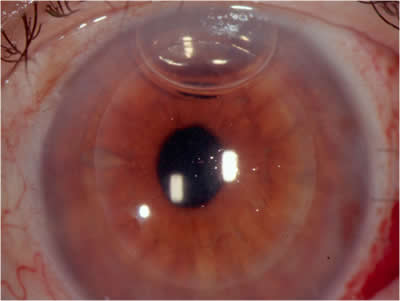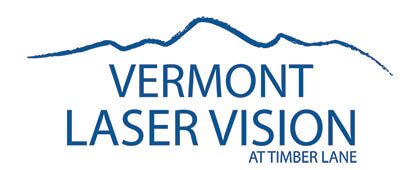
Descemet’s Stripping Automated Endothelial Keratoplasty (DSAEK) is a partial thickness corneal transplant. During this procedure, the patient’s damaged endothelial layer is isolated and removed. A thin layer of donor corneal tissue that contains the healthy, endothelial layer is inserted onto the back surface of the patient’s cornea. An air bubble is then inserted into the front of the eye to hold the donor tissue in position. The air bubble is naturally absorbed by the eye within the first 24-48 hours following surgery. In most cases, the donor tissue remains in good position as it heals in place but in some cases the tissue can dislocate and a second air bubble may be needed to reposition the donor or it may need to be replaced with new donor tissue. Typically, there are no sutures required to hold the new cornea in place.
This technique holds many advantages over the traditional full-thickness corneal transplant. Smaller surgical incisions and fewer sutures lead to a faster recovery time. In fact, most patients begin to regain improved vision within the first few weeks or months following DSAEK compared with much longer recovery times after a full thickness transplant. Typically, the glasses prescription after surgery only changes a modest amount by contrast with the relatively unpredictable amount of change associated with full thickness corneal transplants. An eye that has undergone DSAEK is less vulnerable to rupturing (as compared to an eye that has undergone a full-thickness transplant) because the smaller operative wound is more stable, heals more completely and is less likely to break open due to trauma. Additionally, there appears to be a lower incidence of donor graft rejection because only a portion of the cornea is transplanted. Overall, for the appropriate candidate, DSAEK offers an excellent alternative to traditional corneal transplantation techniques with faster visual recovery and lower risk.


